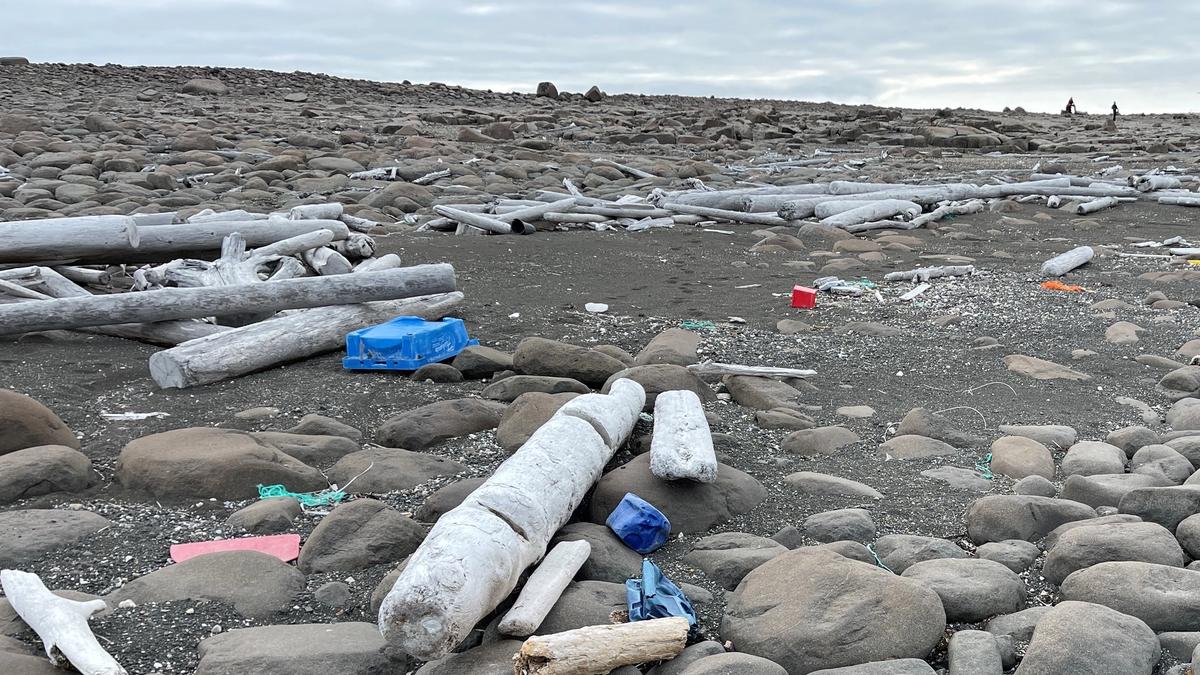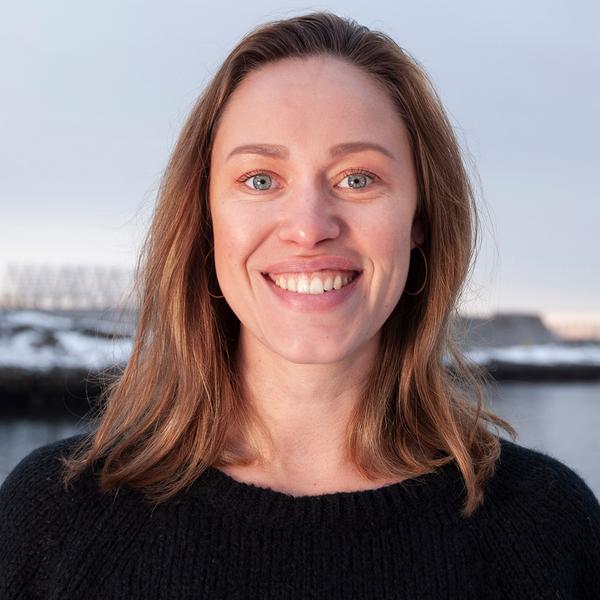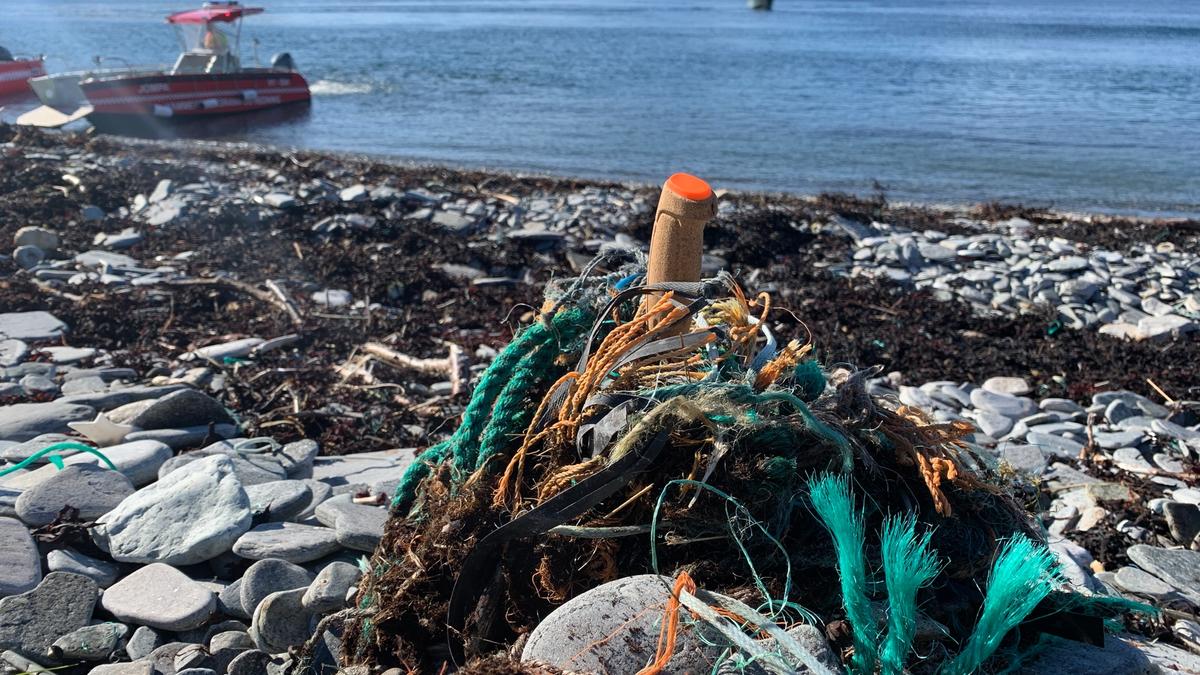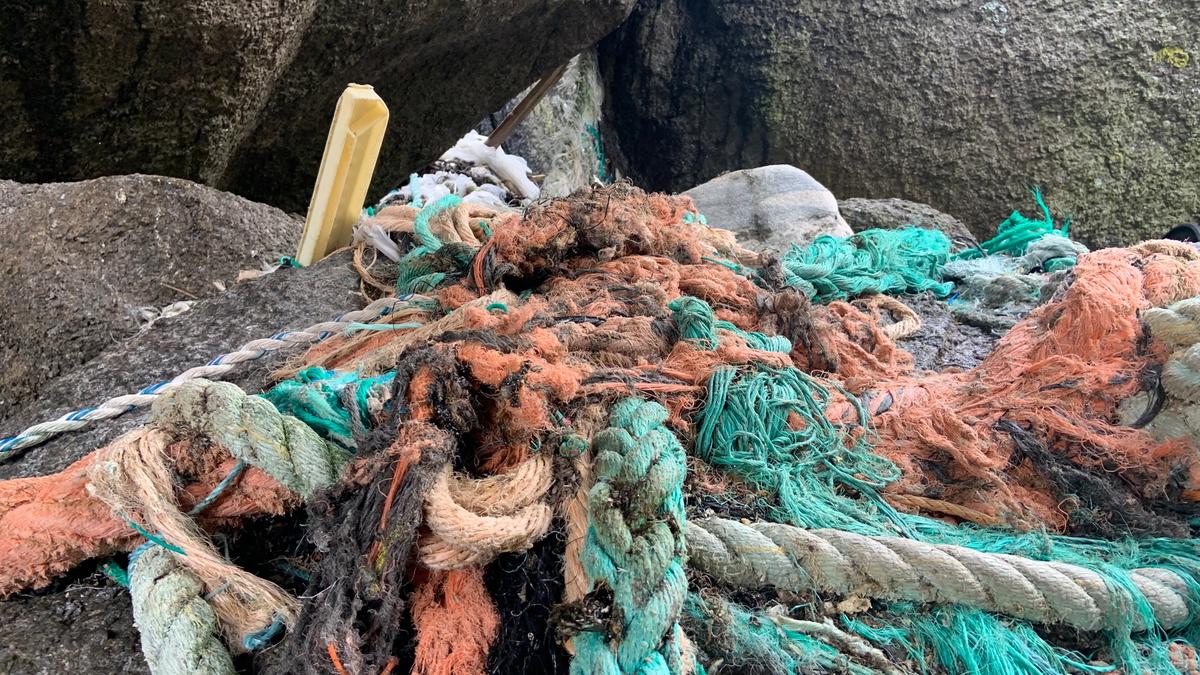In 2021, the Norwegian Centre against Marine Litter investigated the discharge of macroplastics from the fishing and aquaculture industries. The report has now been published and forms an excellent basis for the Centre’s work to prevent litter from sea-based sources.
SALT and the Nordland Research Institute have delivered the report in which they review a selection of scientific articles and other sources of knowledge from the North Atlantic and Arctic. The report shows that the extent of sea-based litter is significant. Fishing-related waste is one of the most important sea-based sources of plastic litter within the study area, while the aquaculture industry is likely responsible for significant local discharge of marine waste (AMAP, 2017). Estimates referenced in the report indicate that several hundred tonnes of waste end up in the sea from sea-based sources every year and that only a small proportion is cleaned up. There is also a high probability that the majority of plastic waste is located on the seabed and only a small proportion is located on beaches and the surface of the sea (Haarr et al., 2019).

Major need for harmonized data
There is less available data to describe the discharge of macroplastics from the aquaculture industry than from the fishing industry. What the report shows is that the source data is inadequate because much of the waste that may have originated from several sea-based sources is entered as fishing-related during surveys and data registration, even if the source could be aquaculture or other industries.

This is one of the reasons why the report makes it clear that there is a great need for data reconciliation in order to obtain more certain knowledge of the sources, extent and causes of macroplastics from the fishing and aquaculture industries.
“We need to continue working to ensure better source data, but the report also shows that we have enough knowledge to take action and implement measures as sea-based litter is an ongoing problem,” says Maria Antonsen, who has led the investigative work at the Norwegian Centre against Marine Litter.
Everyone can take a role in reducing sea-based littering
The report has reviewed preventive projects, which are presented in an overview attached to the report. It shows that most measures and projects involve sea-based industries in the work, but that few of the projects are driven by the industries themselves. In regional and international action plans and frameworks, there are some recurring themes:
- Awareness raising
- Facilities for waste reception in port
- Tool loss reporting systems
- Marking systems for fishing gear
- Increased cross-border cooperation

The report also highlights the fact that the Norwegian Directorate of Fisheries’ action plan includes excellent actions and instruments and that many of the projects that have been looked at during the investigation support the work proposed in the action plan. One exciting finding is also that many of the measures that are being implemented today and that can be expanded with great effect relate to awareness-raising and changes to practices and systems on board or at the edge of the netpen.
“All of the stakeholders that perform activities at sea have important roles to play in order to reduce the loss of equipment, tools and plastics both from their own work and the industry as a whole. We all share a responsibility to apply the knowledge that has been gathered and to look to the experiences acquired through various projects. In this way, we can all contribute towards implementing positive measures, big and small, that will reduce sea-based litter tomorrow and in the years to come,” says Maria Antonsen from the Norwegian Centre against Marine Litter.


